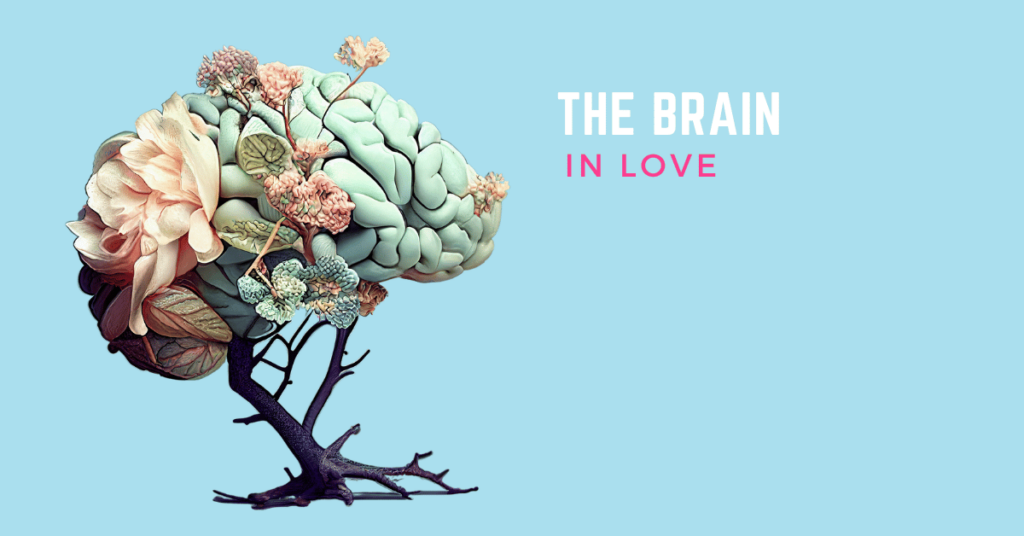The Neuroscience of Love and Attachment: A Dance of Chemicals and Circuits.
Love, that powerful cocktail of emotions and desires, isn't just a feeling – it's a complex biological dance orchestrated by our brains. From the initial spark of attraction to the comforting warmth of long-term attachment, neuroscience offers a fascinating glimpse into the inner workings of love.
The Chemistry of Attraction:
Our journey to love begins with a cascade of chemicals triggered by potential partners. When we encounter someone we find attractive, the brain releases a surge of dopamine, a neurotransmitter that creates feelings of pleasure and reward. This initial "high" motivates us to seek further interaction with the person.
Oxytocin, often dubbed the "love hormone," plays a crucial role in bonding and attachment. It's released during physical touch, sex, and childbirth, fostering a sense of closeness and trust. Additionally, the presence of sex hormones like estrogen and testosterone influences attraction and mating behaviors.
The Reward System and Limerence:
The initial stages of love are often characterized by intense emotions and a preoccupation with the beloved. This phase, known as limerence, is fueled by the activation of the brain's reward system. Areas like the ventral tegmental area (VTA) and the nucleus accumbens become hyperactive, releasing dopamine and creating a craving for the person we desire.
Love's Calming Effect:
As the relationship progresses, the initial intensity may give way to a more stable and secure attachment. This shift is associated with the involvement of other brain regions. The prefrontal cortex, responsible for decision-making and impulse control, becomes more active, helping to regulate emotions and behavior. Additionally, the amygdala, which plays a key role in fear and anxiety, becomes less reactive, promoting feelings of calmness and security.
Attachment Styles and the Power of the Past:
Our early experiences with caregivers significantly influence how we form attachments in adult relationships. Secure attachment styles, characterized by trust and emotional openness, are linked to healthier and more fulfilling relationships. Conversely, individuals with insecure attachment styles, formed from experiences of neglect or inconsistency, may struggle with trust, intimacy, or expressing affection.
The Impact of Hormones on Long-Term Love:
While the initial stages of love rely heavily on dopamine and oxytocin, other hormones play a role in long-term partnerships. Vasopressin is linked to pair bonding and the formation of lasting relationships. Additionally, the calming effects of oxytocin continue to promote feelings of trust and security.
Love is Not All Sunshine and Rainbows:
The brain's reward system plays a double role. When a relationship ends or love goes unrequited, the lack of anticipated dopamine release can trigger withdrawal symptoms similar to drug addiction. This can explain the intense feelings of sadness, longing, and even physical discomfort during heartbreak.
The Future of Love Research:
Neuroscience research on love is a burgeoning field. Advancements in brain imaging techniques like fMRI are providing more precise insights into the neural correlates of love and attachment. This knowledge could be used to develop targeted interventions for promoting healthy relationships and understanding the complex dynamics of love in the face of challenges.
Conclusion:
Love is more than just butterflies in our stomach – it's a complex tapestry woven by the intricate workings of our brain. By understanding the neuroscience of love and attachment, we gain a deeper appreciation for this fundamental human experience that shapes our lives in profound ways. As research continues, we may unlock even more secrets about the love song our brains sing.





































